Fighting with Rage

Ever since the dawn of Gym Leader Challenge, Steelix has been infamous for being unplayable. Most of its cards are Metal type and so cannot be put into play without a Metal Onix (disregarding Dream Ball shenanigans, of course). Out of all the GLC-legal Steelix cards, there was just one Fighting type, from Unified Minds. It does 220 damage for 5 Energy, which isn’t really feasible with the Fighting type lacking a Rain Dance style Ability. This changed with the release of Fusion Strike. Steelix FST, a Fighting type Pokémon, knows the Powerful Rage attack: for two colorless, do 20 damage times the number of damage counters on Steelix. With a huge 190 HP, you could do up to 360 damage! This article is about some other cool Fighting Pokémon and Trainer cards that can be paired with the new Steelix, welcoming the big metal snake to GLC!
Draw Support
Fighting-type GLC decks do not have (m)any options when it comes to Ability-based draw or search. The best option is Lunatone PLS, which allows players to choose one of the top 2 cards of their deck and stack it on top. Brooklet Hill is a staple in Fighting decks and Lunatone is also searchable via Level Ball, which means getting it onto the Bench is fairly easy. The drawback is that you never want Lunatone stuck in the Active Spot, with a retreat cost of three and an attack that does 30 damage for two Energy. It is always a gust-and-stall liability on the Bench if you do not have any switching cards in your hand.
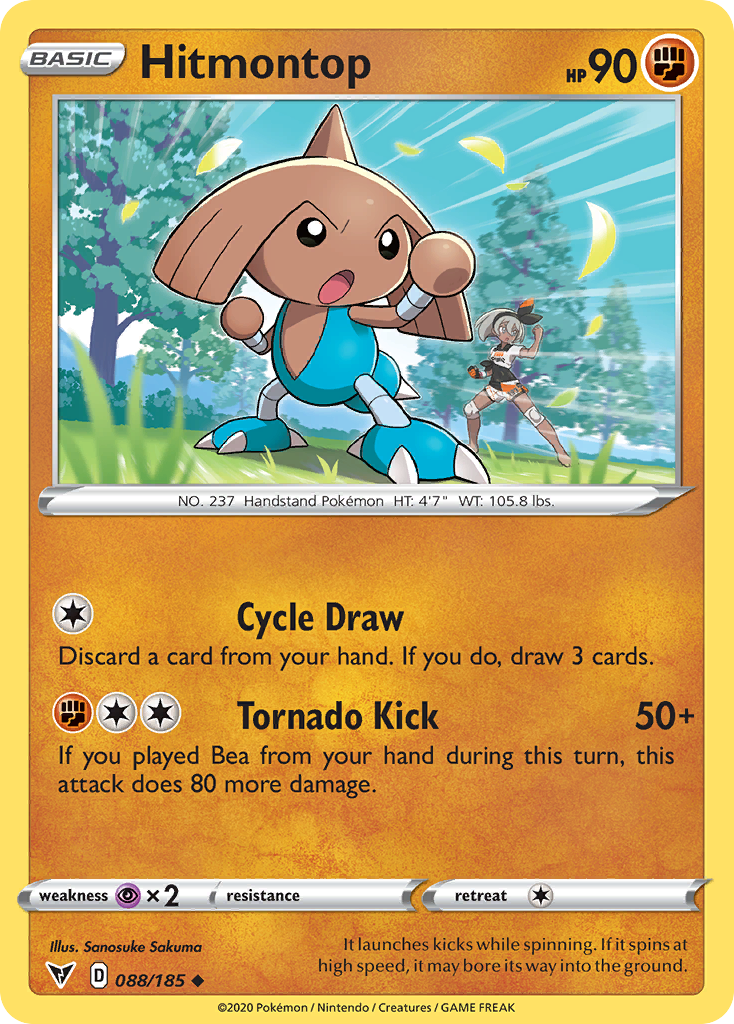
There are more options if you want to draw cards as an attack. Sudowoodo SSH and Passimian CEC both draw two cards. My go-to card has been Hitmontop VIV, which discards one and draws three cards per turn, potentially getting rid of bad cards in a dead opening hand as well. Carbink LOT is another useful card, its attack finds a Stadium and a Supporter for the next turn. In the early game, a Stadium like Brooklet Hill can set up more basic Pokémon or Scorched Earth can start drawing cards. Of course, any attack-based draw/search has the drawback of having to wait through an opponent’s turn before using the cards and the risk that they get N’d, Marnie’d, or Judge’d away.
First Breach

To charge up Steelix’s Powerful Rage attack, we need to damage it. There are very few Pokémon in GLC format that can one-hit KO Steelix’s 190 HP. So one strategy is to put it into the active right in the beginning when the attacks are smaller, absorb a hit or two, and then start hitting back. However, many Fighting Pokémon have an Earthquake attack, which damages the player’s own Bench. The best candidate to use Earthquake is Donphan VIV. For one Fighting Energy, it deals 120 damage. Another candidate is Whiscash RCL. Although it uses Earthquake for two Energy, it does more damage. Whiscash also synergizes well with Donphan. Its Submerge Ability makes it so that it does not take bench damage when Donphan uses Earthquake. Sure, we want to build up damage on the Steelix, but that does not mean that we want all the other Pokémon to be damaged as well. This also helps in comparing strategies -whether to tank and hit with Steelix first or spread damage with Donphan first. Donphan is a staple in Fighting decks, so it makes more sense to spread damage while Steelix is on the Bench than to damage your bench counter-productively with Donphan once Steelix has been knocked out.
Second Wave
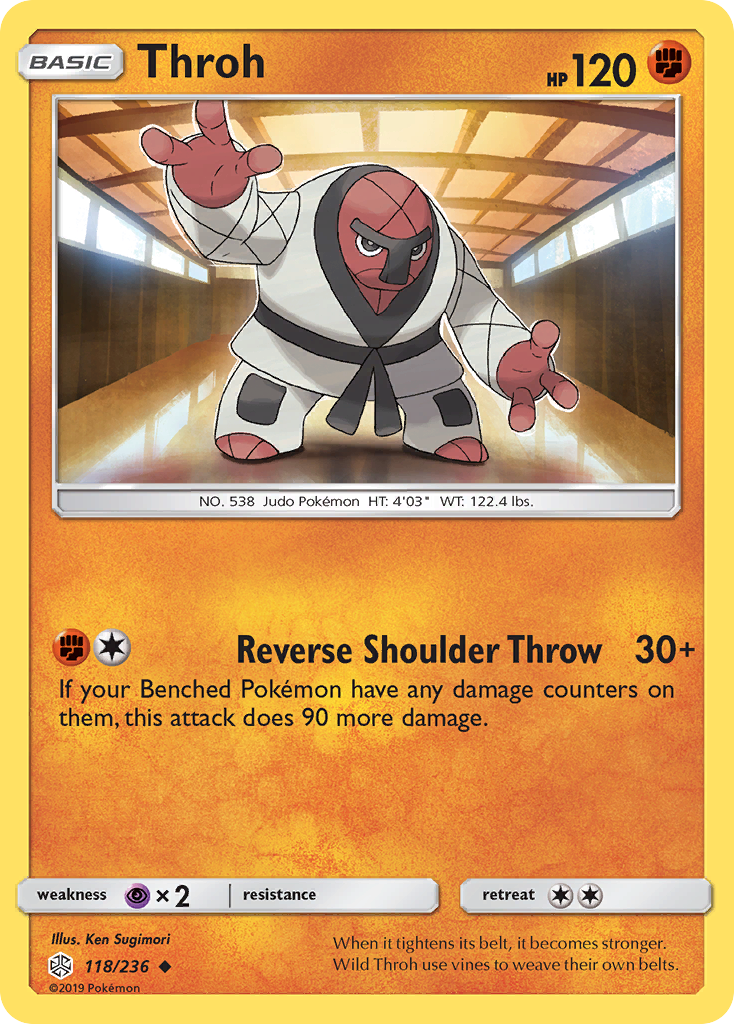
Once Earthquake has been used, there are a few attackers that take advantage of having a damaged Bench. Throh CEC does a vanilla 120 damage. This is slightly less than what Drampa EVS does for dragon decks, but Throh’s damage output can be increased with Strong Energy and/or Muscle Band.
There are also some evolved Pokémon that can use a completely damaged bench to their benefit. Primeape BST is a newer addition which does 50 damage per damaged Pokémon on your bench. With a fully damaged bench, it can do 200 or 250 damage, taking one hit knockouts on all the biggest Pokémon in the GLC meta, like Wailord and Wishiwashi. An older card I found during my search is Gigalith DRX. Its Revenge Cannon does 10+ 10x damage for each damage counter on all your benched Pokémon. However, Gigalith is a stage 2, Revenge Cannon requires three Energy, and it probably needs the player to pull off two Earthquake attacks to do significant damage. These reasons should be enough to make Primeape the preferred inclusion. But Gigalith is a cool Pokémon! :)

My favourite of this lot is Terrakion UNM. A Basic Pokémon, its Cavern Counter attack will do 200 damage once your entire bench is damaged. Being a Basic, it can also utilise Fighting Fury Belt to increase its own HP and survive for two or three turns, swinging for 200 every time.
Note that most of the attacks mentioned above require two or three Energy to announce. The Fighting type does not have any Pokémon with an Ability to accelerate Energy from the hand. One solution is to use Coalossal RCL and include two or three basic fire in your deck. This also synergizes well with the Scorched Earth stadium, which allows you to draw two cards upon discarding a Fighting or Fire Energy. Another solution is to play Double Colorless and Twin Energy, along with Raihan to search for them and provide the third attachment from the Discard.
Stars of the Show
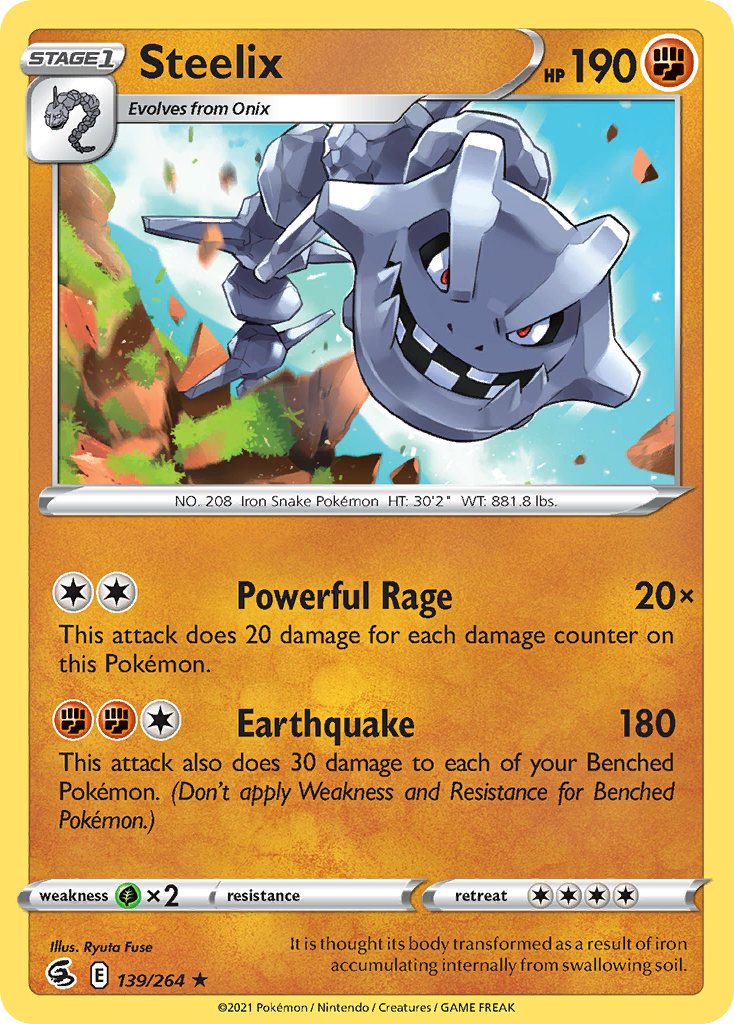
Steelix requires 7 damage counters on itself to start doing the magic 130-140 damage. If you are able to go first and start swinging with Earthquake by turn 2, between Donphan and Whiscash, it is possible to get out two or three attacks, bringing the self-damage very close to 70. There are a few cards that can increase this damage. The simplest one is Rainbow Energy, which would put an additional counter on Steelix.
A lot of stadia add damage counters to Pokémon: Team Magma’s Secret Base, Frozen City, and Po Town. Team Magma’s Secret Base affects basic Pokémon when they are put into play, but Brooklet Hill puts basic Pokémon into play and is simply better in a deck that lacks draw power. For the same reason, the choice for the second stadium should be Scorched Earth. If there is space in the deck for a third stadium, Frozen City and Po Town may be optional inclusions. But they still must fight for the position with Martial Arts Dojo, which buffs the attacks of all attacking Pokémon, not just Steelix.

A bonus of Steelix is that it is a Stage 1 Pokémon with a retreat cost of four, meaning that two tools –Bodybuilding Dumbbells and Buff Padding– can be used to increase its HP to 230 or 240 respectively. I prefer these tools over any of the damage counter placing stadia, because it enables Steelix to survive multiple turns and swing for higher numbers each turn.
Other Fighting Pokémon also make use of damage counters on themselves. Galarian Runerigus RCL knows the Spreading Sprite attack, which (like Steelix) requires two colorless. This attack places twice the number of damage counters on Runerigus on your opponent’s Pokémon in any way you like. This is an awesome spread attack that spreads 180 damage at maximum capacity - more than even Blacephalon’s Fireworks Bomb (arguably one of the best spread attackers in GLC). Medicham CES only has 90 HP to begin with but does a huge 170 damage once its remaining HP is 30 or less. Both Runerigus and Medicham can also make use of Focus Sash if they are not put into play early enough for Earthquake.
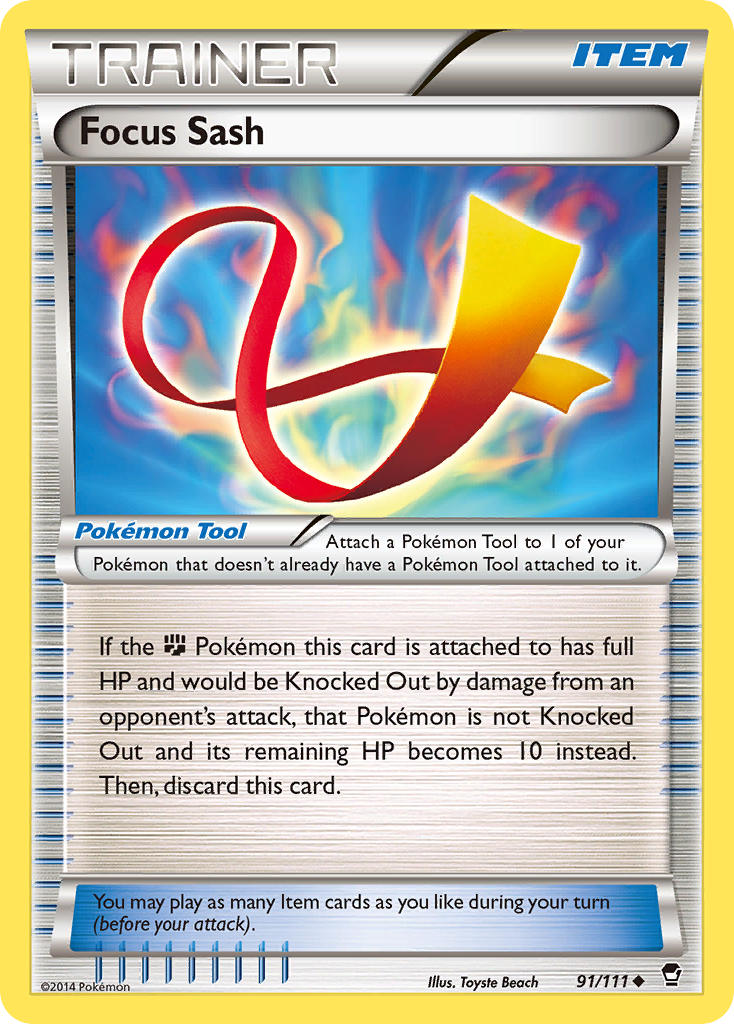
Another hilarious option that came out of the Fusion Strike set is Single Strike Hariyama. It has the Guts Ability, which prevents it from getting knocked out based on a coin flip. If heads is flipped after your opponent attacks Hariyama, it will survive with 10 HP remaining. When paired with Single Strike Scroll of Scorn and Strong Energy or Single Strike Energy, it can do 160 damage for one Energy attachment and never get knocked out (half the time).
Rear Guard
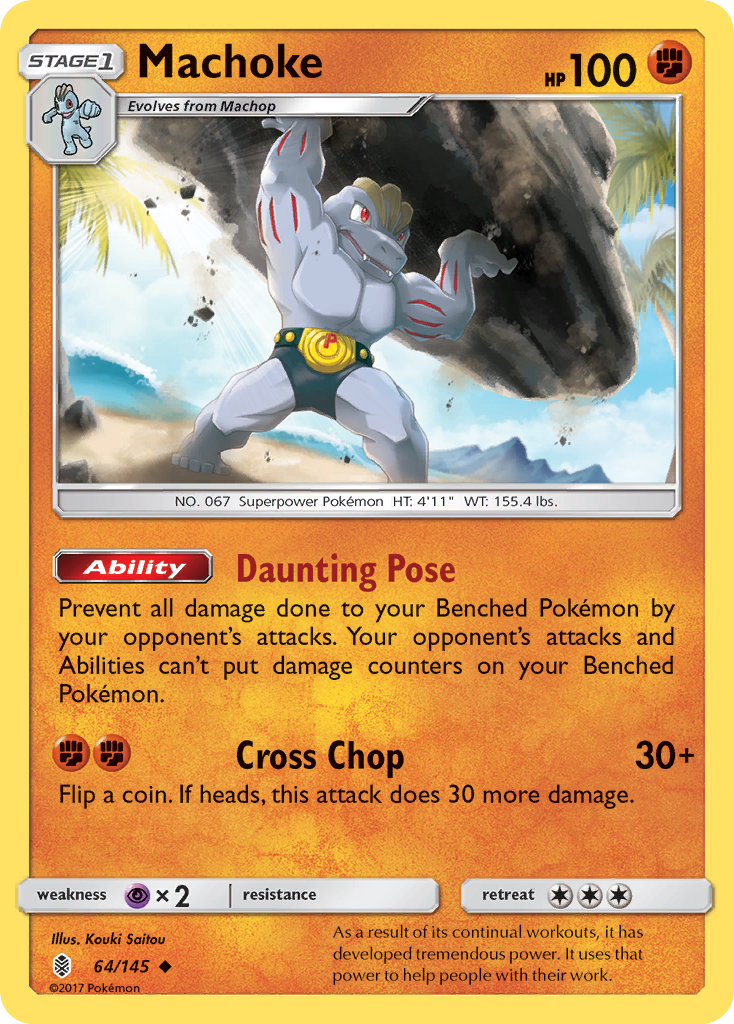
While we want to damage our Bench, we do not want to have our board state wiped clean by opposing spread attackers like Amazing Kyogre, Amazing Raikou, or Blacephalon CEC. Luckily, the Fighting type does have a Bench Barrier! Machoke GRI prevents not only damage but also damage counters from opponents’ attacks and Abilities. This seems like an automatic inclusion in a deck that wants to heavily damage their own bench. A further benefit of including the Machoke is evolving and attacking with Machamp CPA, with its Macho Revenge, in the closing stages of the game, when a lot of your Pokémon have already reached the Discard pile. This also adds another simple attacker for when the game plan goes horribly wrong. Another go-to salvage guy has been “Watch and Learn” Sudowoodo BKP. By playing Counter Energy or Raihan, Sudowoodo or Machamp can be powered up in one turn if trailing early, giving Fighting decks a fighting chance at immediately getting back in the prize trade.
Summary
To conclude, in this article I described cards that lean heavily into a “damage yourself first and hit hard later” ideology. In doing so I have foregone some of the best and most common attackers in Fighting GLC decks, including the Hitmon trio, multiple Garchomp, Buzzwole, and Stakataka. There is no deck list here but rather a bunch of cards that should make a cohesive deck. Not all the cards I have mentioned need to be included, and the deck will need a lot more draw support than the smoother functioning GLC types like Water and Grass. However, there are a lot of options, a lot of variety and combinations, and the result should be a hard-hitting, one hit KO-ing, coming-back-from-behind deck with the first GLC-feasible Steelix card at its centre.

